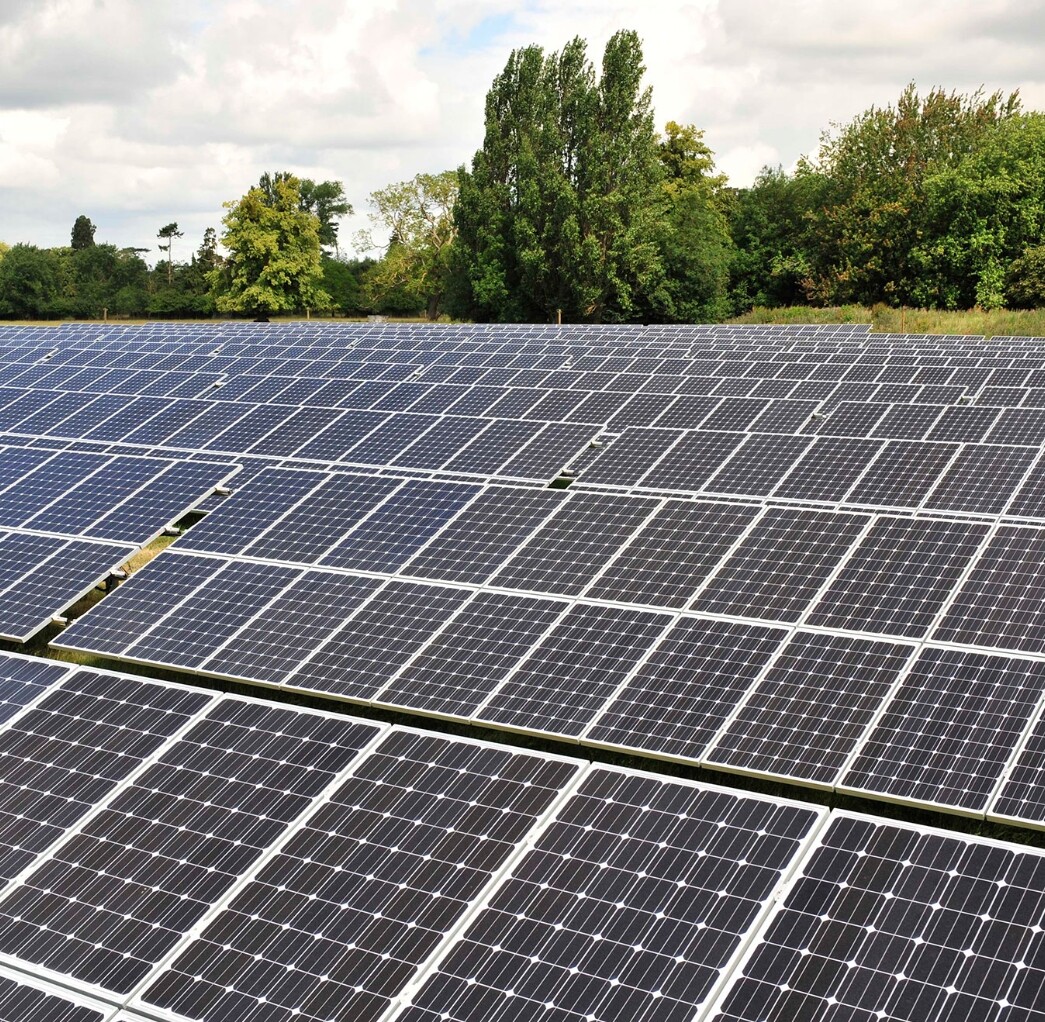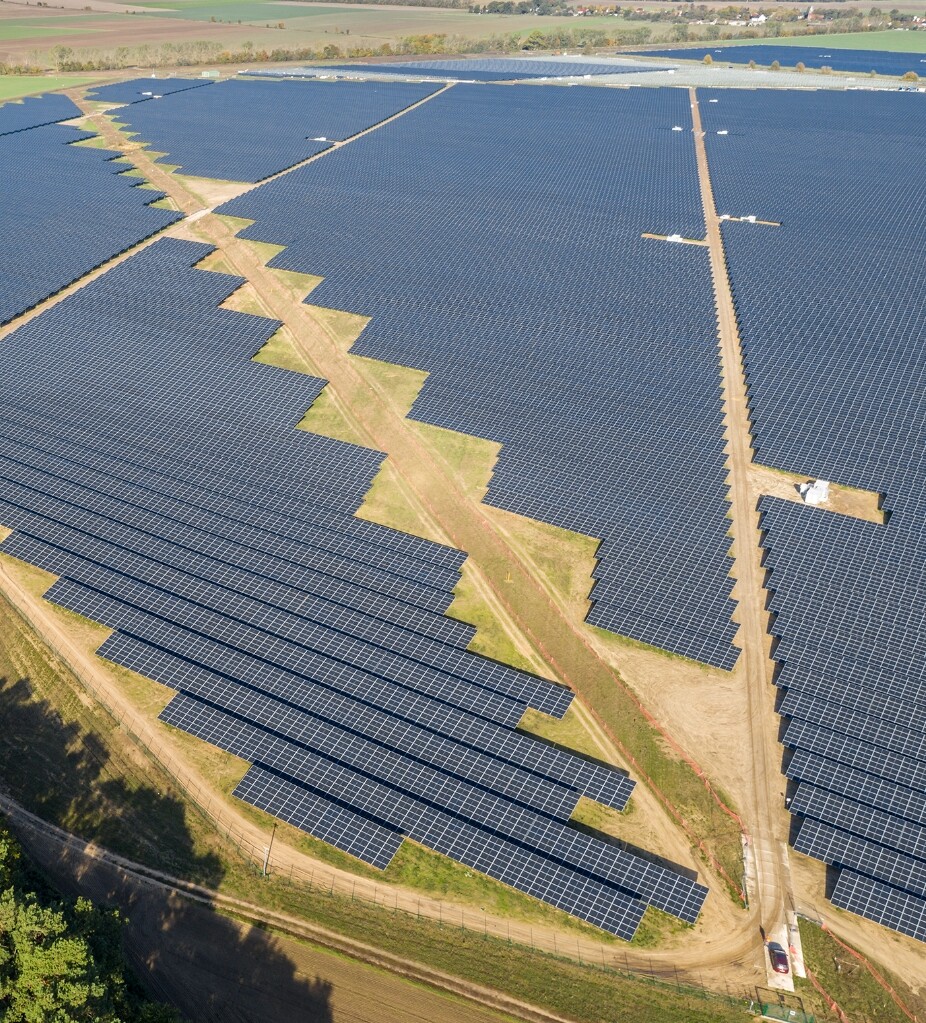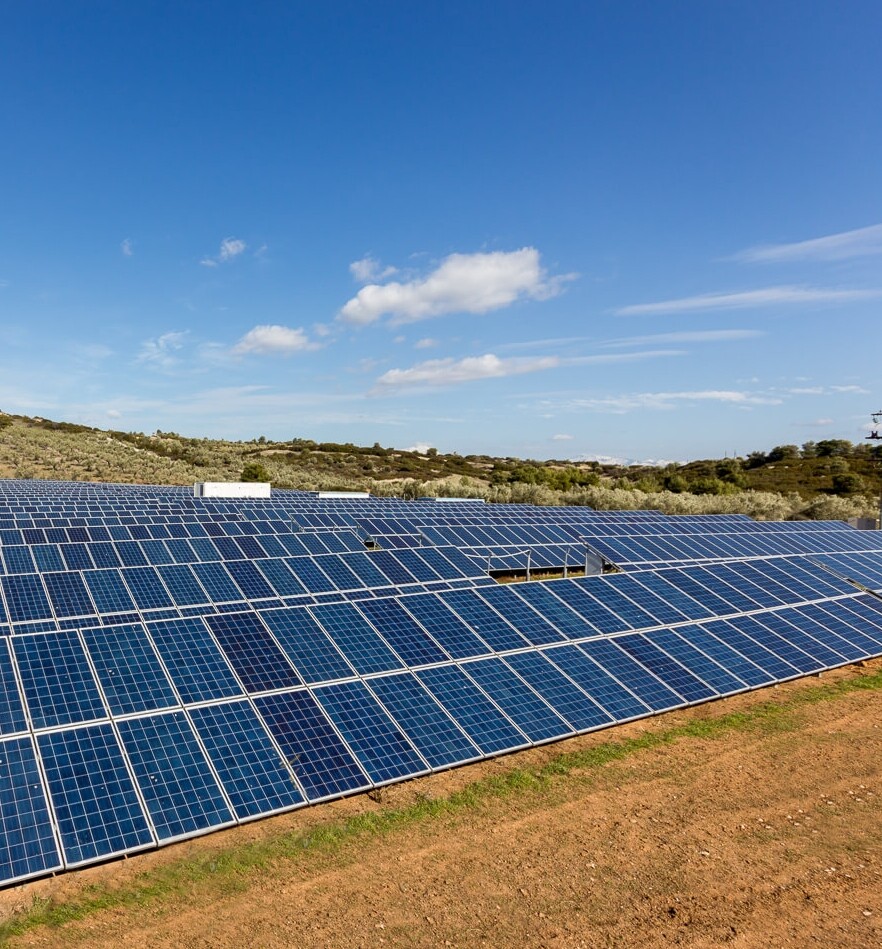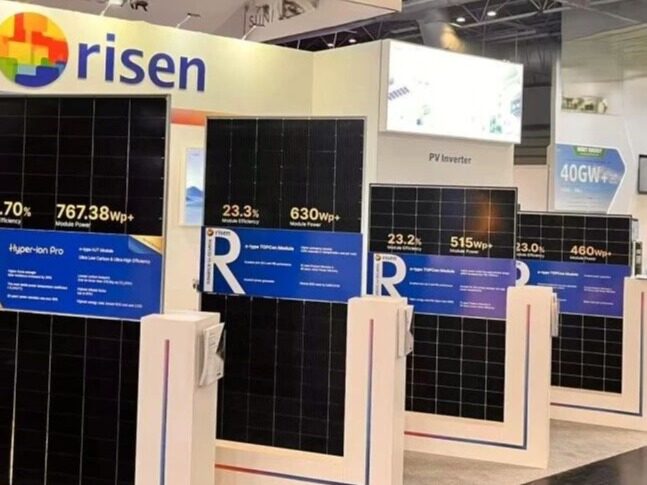- A report by CareEdgeRatings states that India's annual open access installation is still below 3.5 gigawatts
- Increasing renewable energy electricity by 50 gigawatts per year requires approximately 3 billion rupees of capital expenditure per year in India

The latest report from CareEdge Ratings suggests that India may increase its new renewable energy capacity by 45 gigawatts (GW) in the next two fiscal years. The rating agency stated that these estimates are based on a healthy project pipeline and a strong bidding roadmap developed by the government.
The report also elucidates the challenges of non fossil fuel energy growth in the country and the related capital expenditures required to achieve these ambitions. According to the report, the country will install 20 gigawatts by fiscal year 2024. It also stated that in fiscal year 25, India will increase its renewable energy capacity by 25, and increase the cumulative growth of renewable energy to 45 gigawatts over the next two years.

The PLI program has allocated approximately 18 billion rupees. It may help establish a manufacturing capacity of 27.4GW for fully integrated components (from polycrystalline silicon to components), 16.8GW for deeply integrated components (from silicon wafers to components), and 7.4GW for partially integrated components (from batteries to components).
The production capacity is expected to be put into use between fiscal years 24 and 27. According to CareEdge ratings, given the current component prices, it is expected that the production of this domestic capacity will save approximately 900 billion rupees in foreign exchange annually, according to the report.

The rating agency also stated that although the National Electric Power Plan (NEP) talked about 26.7GW of pumped storage projects and 47.2GW of battery storage systems, PSP alone requires capital expenditure of up to 1.6 trillion rupees.
The report states: 'The energy storage components of PSP alone require a capital expenditure of approximately 16000 rupees (capex), and if an additional PSP of up to 8 gigawatts is required to compensate for lower BESS installations, it may increase by approximately 2.1 trillion rupees.'.
The report also stated that according to its estimate, India's annual open access installation is still less than 3.5 gigawatts, far below the cumulative installation of 13.6 gigawatts, accounting for 9% to 10% of the total installed capacity of renewable energy.
The C&I market provides enormous growth opportunities for the renewable energy industry, and the implementation of these regulations is expected to bring much-needed clarity, reliability, and attract more private investment. Looking ahead, it is expected that the annual open access installation volume will remain within the range of 4 to 5 gigawatts in the next two to three years, "the report said.

CareEdge Ratings Deputy Director/tin Arya claims that support measures such as energy storage, local manufacturing, and open access seem promising for the growth of renewable energy in the country
According to the National Electricity Plan (NEP) released by the Central Electric Power Administration (CEA), it is expected that the annual increase in electricity capacity for the next nine years will be approximately 50 gigawatts, mainly driven by the renewable energy sector. It is expected that this will attract an average annual capital expenditure of approximately 3 billion rupees (capex) and a debt distribution of approximately 22500 rupees, "he said.
He also added, "Nevertheless, in the absence of significant traction in component prices, adjusting open access rules across states will be a prerequisite for achieving potential.Editor/XingWentao
Comment
 Praise
Praise
 Collect
Collect
 Comment
Comment
 Search
Search














Write something~